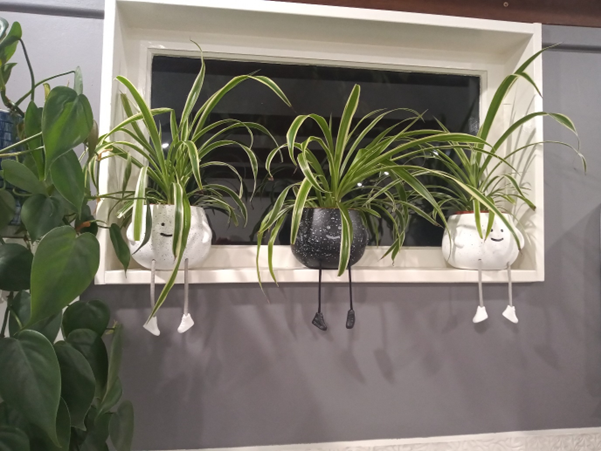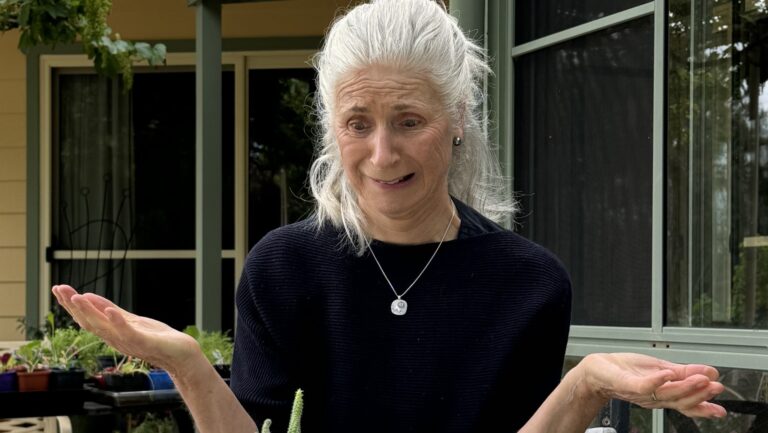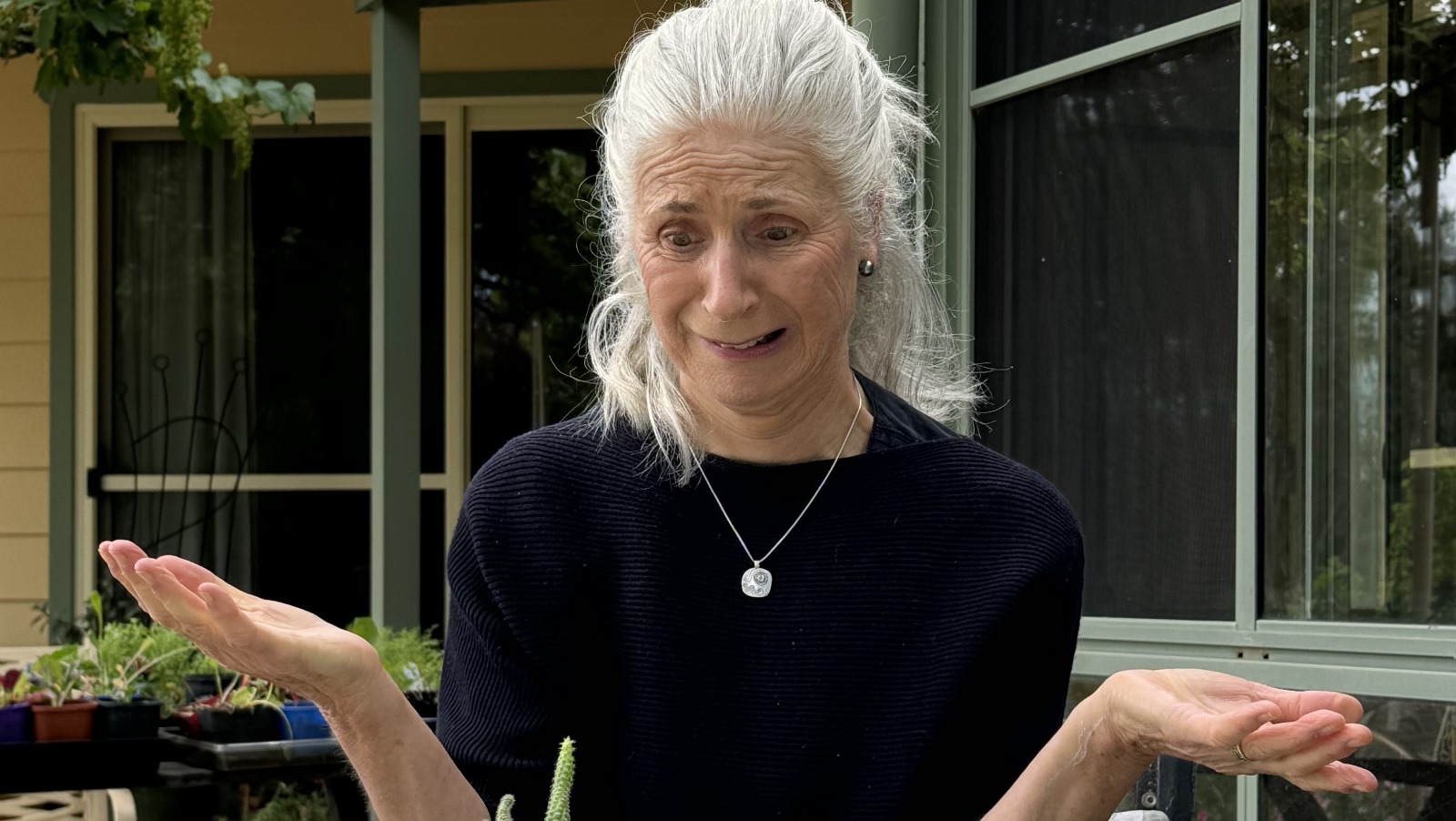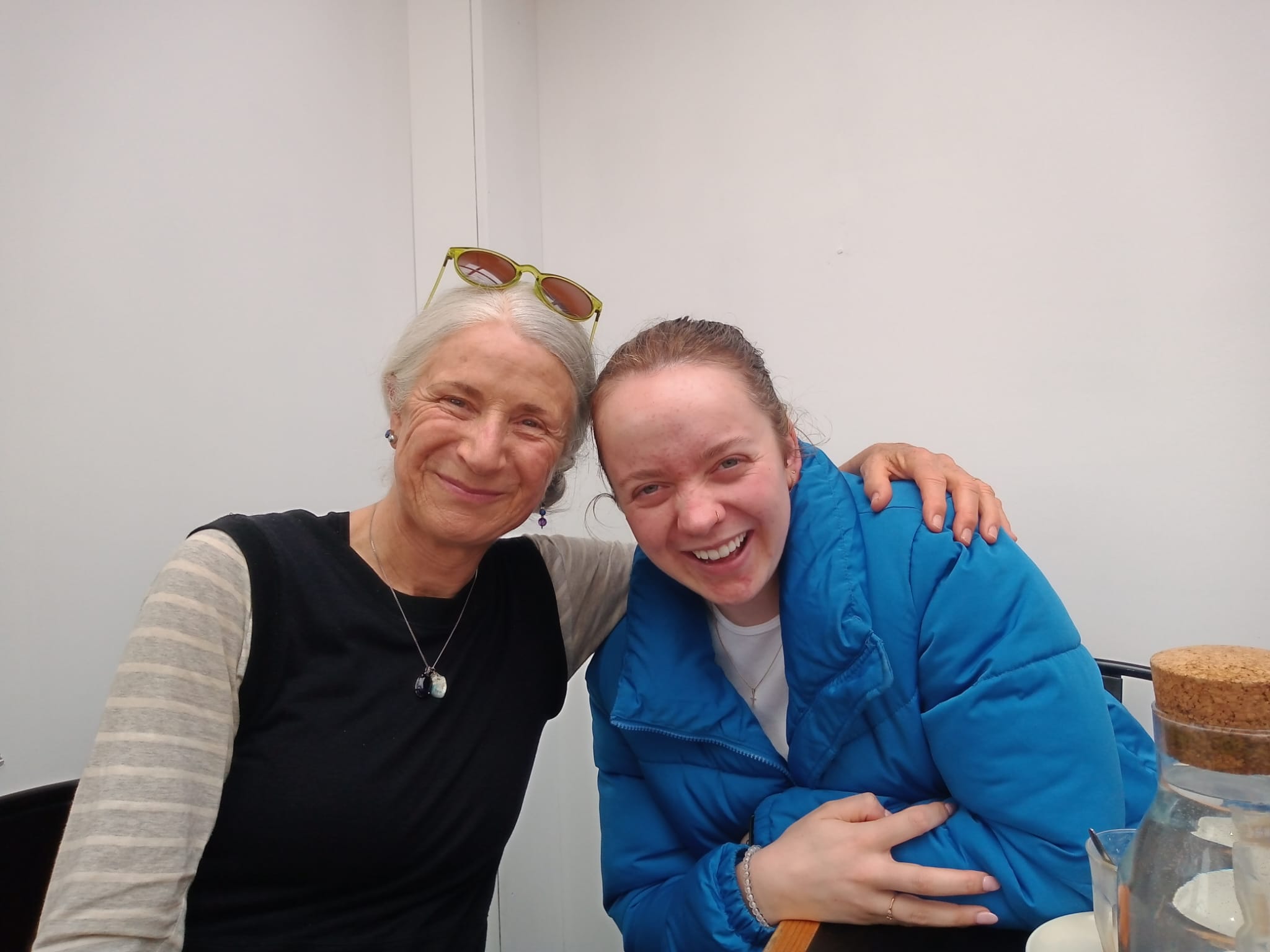Biophilia, a quick overview
The simple definition of biophilia is the love of nature. Humans have an innate bias towards connecting with nature, and all living things. Biophilia is ubiquitous. It is inescapable on planet earth. Biophilia brought inside can offer healing, stimulation, soothing calming and exciting elements to our lives. We need nature and its beautiful biophilic gifts in our homes now more than ever before.
Using your own creativity, you can explore the offerings I bring in your own way and incorporate what suits your lifestyle and your home. Make biophilia indoors, yours.
1) Oxygen and fresh air
Really? Isn’t that a bit basic. I heard you! And yes, fresh air is a biophilic basic and essential for our existence.
But how much fresh air do we have in our homes? When did you last open a window wide and inhale deeply? And if you did what was the quality of the air like? Or for that matter what is the quality of air inside your home? There are reliable ways of testing for inside air quality and regular reports on outside air quality available online. So, we can make informed choices around our air exposure. I encourage you to make the best of this biophilic basic in your home.
2) Natural Light- another biophilic basic
The benefit of natural daylight in our homes is essential to our circadian rhythm, our mood and general wellbeing.
Beware however, we lose out on the natural benefits of light when we keep window coverings closed. Be it because of ‘harmful’ sun rays, peeping eyes of passers-by, or because we forget to pull them open them upon waking. Windows are useless unless they let in light and air.
Windows also provide views. Onto gardens, parks, tree tops, oceans, still or moving water, or human activities. View to blank walls not so biophilic. Otherwise however views all connect us to biophilia of sorts. If, that is, we can see through the window (note to self here: must clean windows).
3) Natural sounds- Biophilia for Your Ears
Once the window is open, there will be the twitter of birds, bark of a dog, meow of a cat (you get the idea….). In addition, the chatter and chortle of children is a delight for our ears to catch. So much of our sound world is made by machines. We desperately need both natural sounds and silence to give our ears a varied diet.
Indulge your ears and listen into the world out your window. Traffic noise is not what we are after. If that is all your soundscape has to offer, I suggest listening to a recording of natural sounds.
4) Water water everywhere……
Water is yet another biophilic basic. And we need to drink. We are veritable walking water bottles who need regular topping up. Our body is made of 60% water. Thirsty anyone? Take a break right now and top up. I will join you once I have refilled my cup…
Back again.
I am presuming that you did not need to go out to a well to get the water? I have lived in Indonesia where fetching water from the well was a daily activity for me. No piped water in the poor community I lived with. It was a matter of drawing water for washing clothes, washing self and for drinking.
How lucky we are. How easy for us to wash dishes, clean ourselves and our clothes because we have water in our homes. Not to mention clean drinking water. Enjoy.
5) Plants. Both ornamental and edible. (Aside: who says that edible isn’t ornamental?)
So, once we are sure we have air, natural light and water inside, we can introduce another biophilic favourite- the indoor plant.
Teaming up with nature is always a great win. Indoor plants give us oxygen and filter a lot of the pollutants out of the air for us. They add biophilic beauty to any room. They require intermittent attention at the very least. And this is one of the big benefits.

Because attending to our plants is putting ourselves into direct contact with biophilia and gets us moving at the same time. Research has shown that singing to plants encourages growth in the plants. And it also regulates our vagus nerve. So, we now have permission to not only sing in the shower but to wantonly serenade our indoor plants.
And then there is the window sill with the edibles. A north facing window sill is the best aspect for full sun (in the southern, the opposite for the northern hemisphere). Try some simple herbs. Tasty. Hardy. Grow year round.
And if you don’t have a single indoor plant at the moment then start with the ‘spider’ plant. Easy to grow (it thrives on neglect) either in soil or a glass container in water (no soil). Spider plant requires filtered or indirect light (as do most indoor plants). They can be in any or all rooms in your home. Head to your local library, nursery or green thumbed friend for inspiration and information. Beg borrow or buy get the greenery growing in your home.

6) Biophilic Ephemera
These are temporary biophilic visitors in our homes. Flowers freshly cut or artfully dried. Twigs, branches, seed pods. The list is as long as biophilia is diverse. Visually pleasing, connecting us to nature through form, function and often smell. Remember the smell of pungent pine needles? Your favourite fragrant flowers? The tang of the sea from sea shells or drift wood? And invite them into your home as honoured biophilic guests.
A vase of flowers has the ability to transform a space. Fresh garden or meadow flowers in particular bring perfume which can subtly permeate not the house. Arrange them artistically, follow the principles of ikebana or plonk them in a jam jar. Their magnificence is never diminished by floral arranging ineptitude.

7) Floral and nature-based motives
Biophilia has always inspired human artwork and been used to decorate utility items. Think vases urns lamps, cooking vessels. Because looking at images of natural forms is soothing for our brains, calms and centres us, and gives us great pleasure. And using biophilic elements to create art is part of the creative expression of cultures around the world.
Hang nature-based paintings on your walls. Textiles from natural fabric. Wall hangings with biophilia-based themes. Be bold and get a mural painted to create the effect of rainforest or whatever is your favourite ecosystem. Macrame a wall hanging and add in nature-based ephemera. I dare you.
8) Fire
Fire more than warms our bodies and cooks our food. Fire calms and comforts our very souls. The very ritual of fire making in and of itself is biophilic. The flicker of flames satisfies our brain. We relax. See shapes in the flames, day dream or tell stories to each other. And the enchantment of fire has defied and transcended our dependence on the climate-controlled environments. Fire pits, bar-b-ques, wood fired ovens all connect us with the love of fire, and are adapted to suit our modern homes.
Biophilia at its best.

9) Wood
Wood is another biophilic element which has been used to build shelter and furniture for millennia. Wood is durable and renewable. It smells, feels and looks great. It can be used for wall, ceiling and floor panelling. Have you stared at wooden walls and deciphered the animals or elves hiding in the knots? It is a regular favourite for me in our pine clad house.
A sprung wood floor is the perfect surface for dancing which brings biophilia and movement together for our enjoyment. Wooden furniture and cabinetry can be rustic or highly polished. It can be recycled, upcycled, freshly sawn or aged. All have their place and charm. And the smell of wood shavings is evocative of artisan mastery and an aromatic playground for children.
10) Stone
Stone and rock are biophilic materials which have been used in buildings forever (think Pyramids, Colosseum, Castles and Cotswold cottages). If you can reasonably source stone to include in your home, it adds texture. And you don’t have to build you whole home from stone. Think feature wall, a stone fireplace, flagstones on the kitchen floor.
Stone is more than merely beautiful. It is also highly durable and has some excellent thermal passive features. Stone floors and walls have great thermal mass, and so retain heat once a building has warmed up. And keep the same building cool in the hot weather. Watch an animal choose to lie on a stone floor as the coolest spot on a hot day. You can’t fool a cat or dog when it comes to biophilic comfort.
Marble is softer than other stone. It is easier to work. And so used for bench, vanity tops and table tops and basins. You can also get marble floor tiles. Marble is undoubtedly stylish and used judiciously can be stunning. It is prised for the opulent ambiance which accompanies its silken stone beauty.
And then there are the humble river pebbles. Most people don’t have them in their homes but there is one high profile movement sage who does. Katie Bowman, of Move your DNA fame.
https://www.nutritiousmovement.com/your-gear-guide-to-going-furniture-free/
In Katie’s guide to going furniture free, she has a picture of her entry foyer which is made of free moving river rocks. That is biophilia with a bio dynamic benefit for feet and whole body.
Biophilia challenge for your home
Biophilia is not only ubiquitous it is also so elemental- literally, to planet and person. So, tap into your inner child. Venture on a nature walk, where you intentionally observe the plethora of biophilia on generous display. And bring back something to remind you of the walk. Cherish it. Display it, just so. More honoured biophilic guest in your homes.

Because the quality and quantity of the relationship we have with biophilia shapes and defines what our homes are like. How comfortable, cosey, relaxing and welcoming they are. It defines who we are. Or for that matter, or who we are not.
‘Biophilia: You + Nature + Home’ by Sally Coulthard, says “…this book is about how to use the principles of biophilia to help you transform your living, sleeping, working and relaxing spaces into places that inspire, invigorate and enrich your life”.


